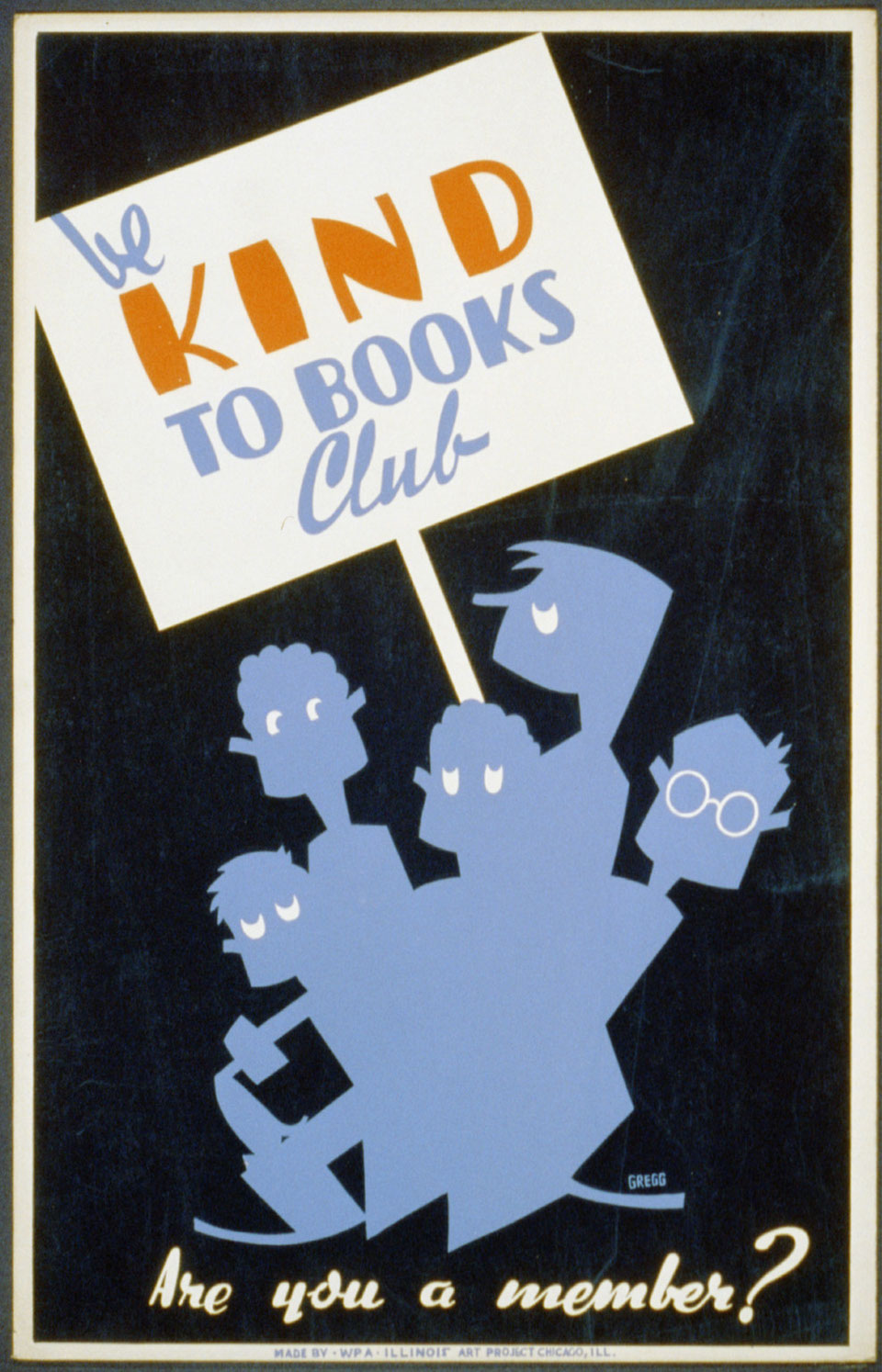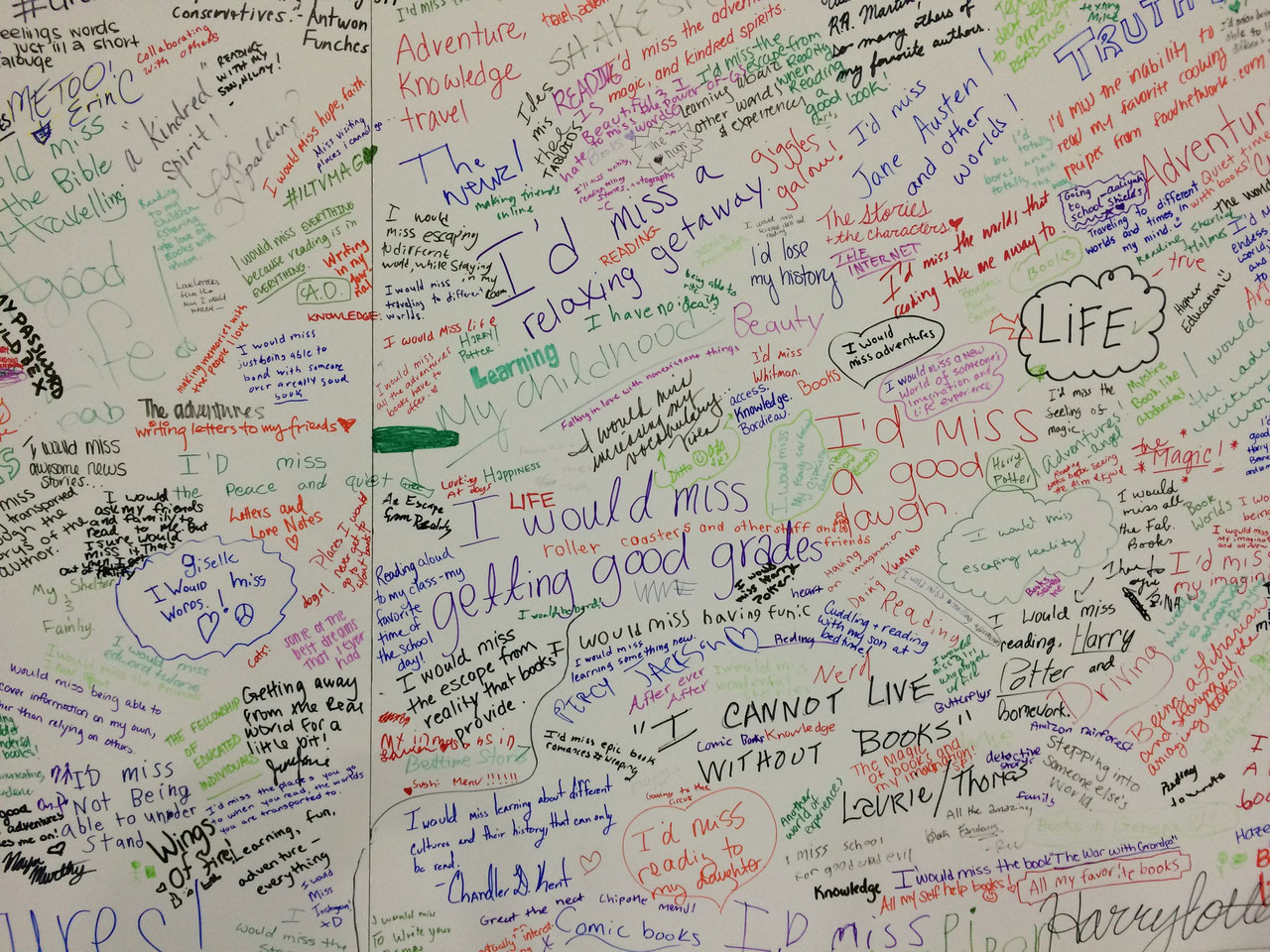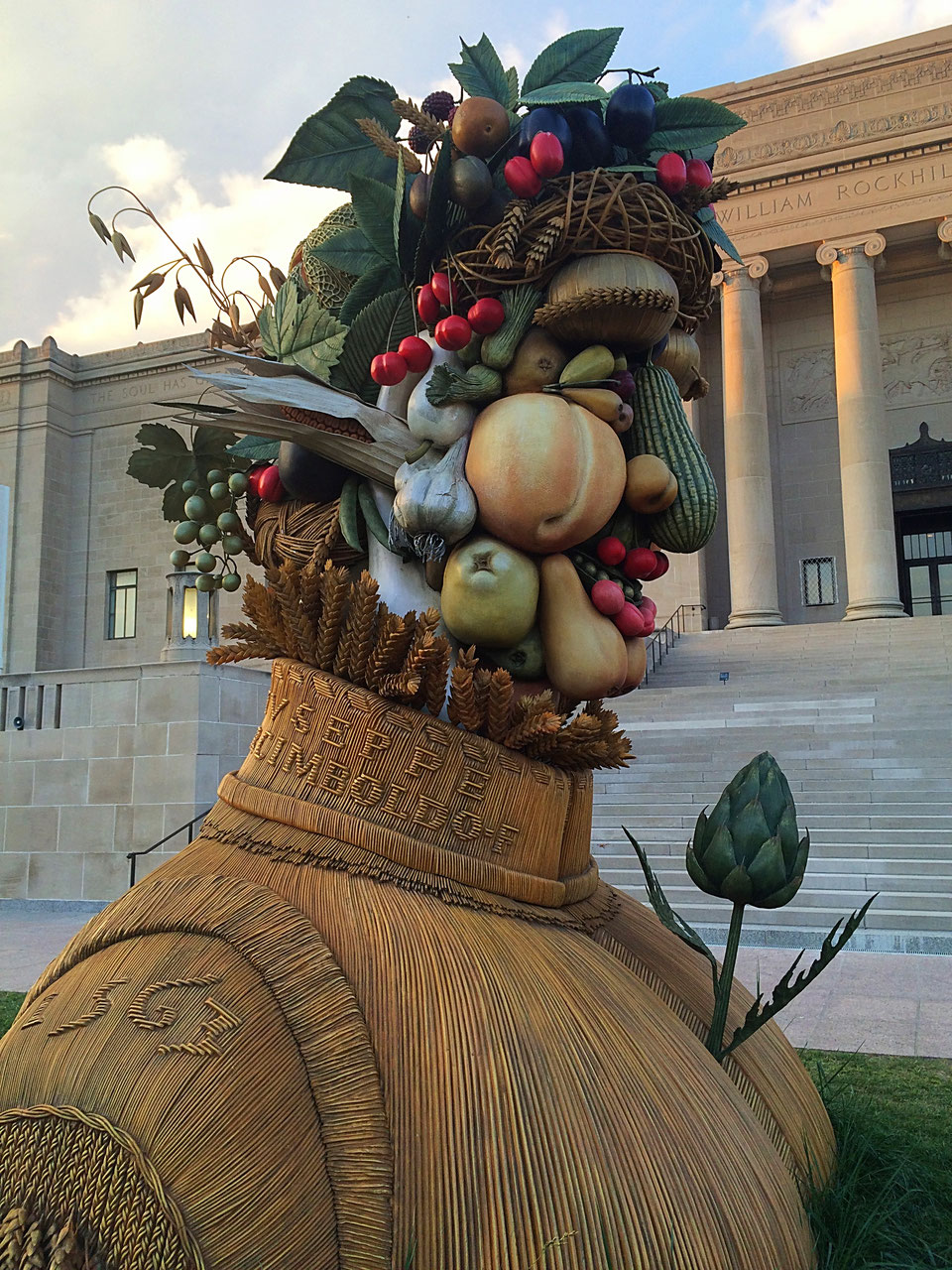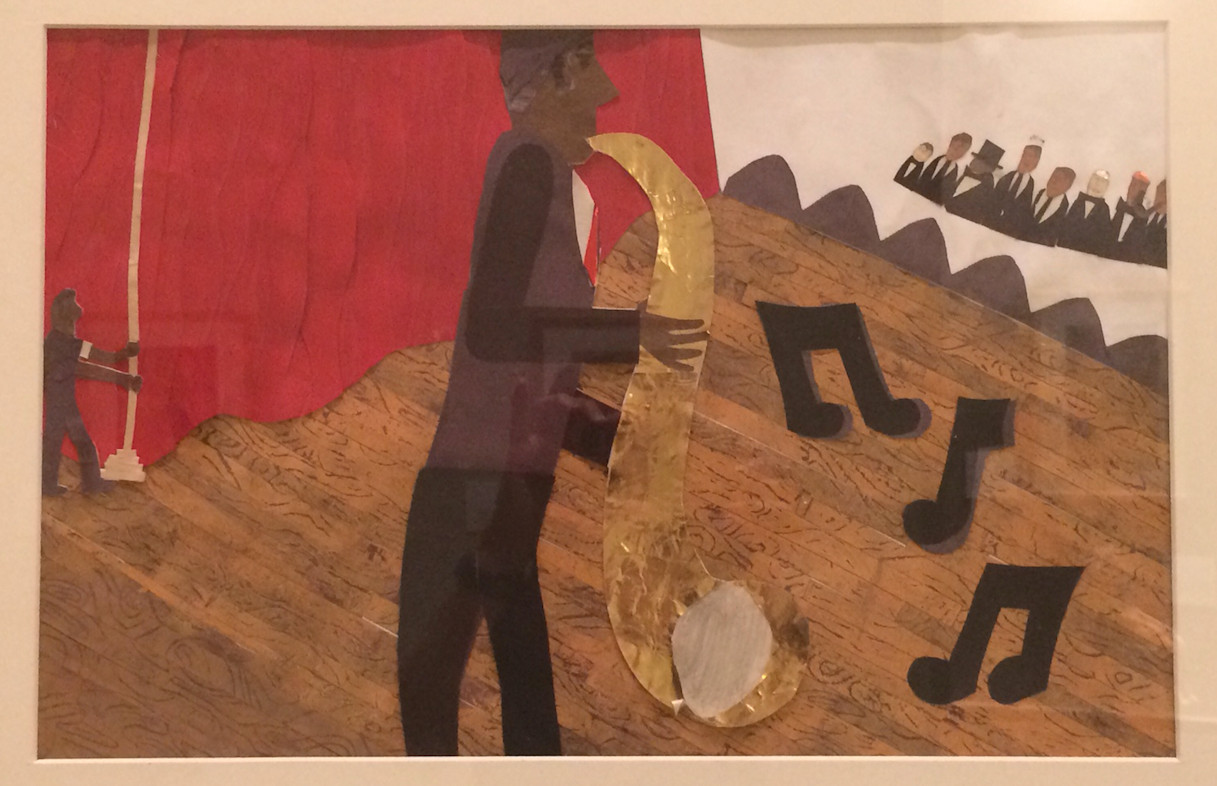Read More...
Debra Lemieux
Recent Posts
May Your Days Be Merry!
Who Invented Earmuffs?
According to author Meghan McCarthy, “Chester Greenwood may not have been the first inventor of earmuffs, but he was probably the youngest.” After testing various versions of his earmuffs, he devised a tight steel band that held his “mufflers” in place. At age nineteen, he received the patent for his ear-mufflers. And now, 138 years later, Chester and his champion ear protectors are celebrated each December in Farmington, Maine.
Learn more about what makes Chester Greenwood unique in McCarthy’s nonfiction book, Earmuffs for Everyone! How Chester Greenwood Became Known as the Inventor of Earmuffs. This book is excellent for teaching both nonfiction and research to elementary students. With her thorough research process, McCarthy examined primary sources, dozens of earmuff patents, and old advertisements. Today, Chester is known and celebrated as the inventor of earmuffs, but his patent only made improvements to the invention. The other inventors of head-muffs, ear-protectors, ear-mufflers, ear-flaps, and ear-slippers have been forgotten. However, since it’s still unclear as to who first invented the earmuff, “Chester Greenwood is a good person to represent them all. . . don’t you think?”
Did you like this article? Share it.
How to be Kind to Books
Regular readers of this blog know how much I like the vintage posters from the Be Kind to Books Club. Created by Arlington Gregg in the 1930s, these Works Progress Administration (WPA) posters taught young patrons about proper book care.
Lucy Jakub, a college student and Library of Congress Junior Fellow, recently updated the series with literary characters from the public domain. She selected characters that would help teach children how to care for their books. For example, “Dracula cautions against exposing paper to the sun. Dorothy and the Wicked Witch of the West demonstrate water damage.”
While trying to make the posters more contemporary, she decided to pursue licenses for characters still under copyright. This proved to be quite a challenge, especially with Marvel’s Spider-man character, but Tarzan came to the rescue.
Lucy Jakub’s wonderful “Be Kind to Books Club” posters, bookplates, and bookmarks are downloadable from the Library of Congress. The final designs feature characters, including Dorothy, Dracula, and Tarzan, whose stories can be read online at Read.gov.
Did you like this article? Share it.
The Power of Feedback to Turn Things Around
If you are a parent or educator, you understand how feedback can increase children’s motivation and help them reflect on what they’ve learned. By guiding children through their goals and focusing on progress, not perfection, feedback also helps children learn self-direction. Recent research notes how effective feedback should link to learning objectives and be specific in nature. The best feedback is not a letter grade but clear directions on how to improve. If you’re looking for helpful ways to provide feedback for learning, TeachThought offers 20 excellent techniques.
The power of giving feedback is evident in the following high school art student’s reflection about his photographs. His teacher nurtured motivation, self-direction and confidence.
Did you like this article? Share it.
Grateful for Literacy
If you have ever attended a book festival, you know how fun it is to share the enjoyment of reading with others. At the National Book Festival in Washington D.C., enthusiastic readers (of all ages) attend numerous author talks, book-signings, and family-centered activities that emphasize the importance of lifelong literacy. This year, while wandering through one of the pavilions, I learned about the work of Room to Read. This non-profit believes that “World Change Starts with Educated Children” and works to develop literacy skills and gender equality around the world. At their booth, they posed the question, What Would You Miss If You Were Illiterate?” Festival participates responded with hundreds of replies such as,
Read More...Did you like this article? Share it.
Entertain, Amuse and Educate
Are you looking for ideas to expand young students’ vocabulary skills? While the thesaurus is an excellent source for helping students learn new words, it can also be used to generate laughter and fun. One of my creative colleagues developed many engaging activities to extend speaking and writing vocabularies. One of my favorites was the highly sophisticated book of nursery rhymes. Students enjoyed embellishing traditional nursery rhymes with synonyms chosen to entertain, amuse, and educate readers.
Our class made a big book of revised rhymes and folded each page of the book into thirds. One-third contained the original rhyme. One-third contained an illustration, and one-third contained the “highly sophisticated” revised nursery rhyme. They even included a glossary for others to learn the new words. The students had so much fun creating the books, they incorporated many of the words into their written and spoken vocabularies.
Did you like this article? Share it.
Why Humor Should be Part of Every Classroom
Most people don’t think of school as a place for comedy. However, many of us remember our class clowns, especially those with dynamic personalities. They often made class quite interesting. For teachers, however, a class clown can be a nemesis who disrupts class and derails lessons. Fortunately, not every teacher feels that way.
In a recent NPR podcast, educator/host Lee Hale asked, “What if we looked at class clowns differently? What if, instead of seeing them as a nuisance, we saw them as gifted?” Thankfully, there are teachers, like Leann Ferguson, who see their potential. She observed how her nemesis could command an audience, so she enlisted his help to keep the class on track.
That’s good news because students often remember things that make them laugh. In their book, If They’re Laughing, They Just Might Be Listening authors Elaine Lundberg and Cheryl Miller Thurston describe how a classroom filled with laughter is a classroom with positive energy. They share a number of reasons why humor and laughter should be part of every classroom including:
Humor motivates and energizes. When a teacher creates a learning environment where humor is welcome and even encouraged, students often try harder.
Humor gives students a “hook” on which to trigger recall. When we learn, we link new information with old information. We relate the new to something we already know, in order to fit it into our world and make sense of it. Humor can help us make that link.
Humor encourages creativity. Because humor often comes from the unexpected, it surprises us with a new perspective, giving us new ways of looking at familiar objects and events.
Laughter helps build relationships. Laughter brings people together, both physically and psychologically.
Laughter helps show that mistakes are a normal part of learning. When teachers laugh at their mistakes, they show students that mistakes are not the end of the world.
Laughter feels good. Laughter gives us pleasure. We should appreciate it, welcome it, and encourage it in our lives – for no other reason than it feels good!
Did you like this article? Share it.
Practice Tips for Learning to Play an Instrument
Does your child have a passion for learning an instrument? Is daily practice an enjoyable part of her life? Does she like to perform? Learning to play an instrument is an excellent way to develop creative thinking, self-expression, perseverance, and responsibility. If music is an important part of your lives, you will appreciate the following advice from virtuoso violinist Joshua Bell (via Kaufman Music Center). He shared his knowledge with students at the Special Music School, New York City's only K-12 public school for musically gifted children. Read more at Kaufman Music Center’s overviews of his sessions.
Practice: The more the better. Joshua practices wherever and whenever – at home, in hotels, even at airports between flights. “You feel good after you practice. It’s just getting started that’s the hard part. It’s like jumping in the water. Sometimes you don’t want to jump in the water because it’s cold, but you know that once you get in, it feels great.”
Focus on challenging passages: “Work on just one section at a time, until you can play it five times in a row without a mistake.”
Improvisation: “Even in pieces that you know, there’s a sense of improvising. It should sound very spontaneous. There’s an art to sounding improvised, which is very important. Music should always sound as if you’re making it up at the moment. You’re telling a story.”
Did you like this article? Share it.
Arcimboldo-Style Portraits
Artist Phillip Haas’ 15-foot-tall sculptures on the lawn of the Nelson-Atkins Museum of Art are amazing. Entitled The Four Seasons, they are 3-dimensional interpretations of Giuseppe Arcimboldo's portrait series of the same name. Arcimboldo was an Italian Renaissance painter best known for creating "composite head" paintings. These paintings were composed of items such as tree roots, flowers, and vegetables.
Read More...Did you like this article? Share it.
Children Talk About Their Art: All The Jazz
All the Jazz, Created by Janier, Age 11, Grade 5, Collograph print and cut-paper collage, Art Teacher: Jean Cohn
Read More...Did you like this article? Share it.

.jpg)




.jpg)




.png?width=107&name=image%20(1).png)
.png?width=59&name=image%20(2).png)
.png?width=59&name=image%20(3).png)